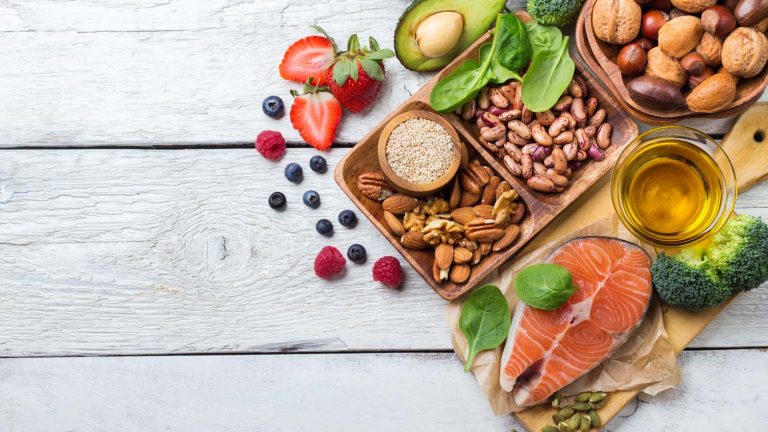Only recently have we stopped seeing fats as bad and began appreciating their benefits. But not all fats are equal, so learn which to love, which to limit, and which to let go.
It is worth mentioning that all fats, regardless of the type, are equally energy-rich. There are 9 calories in 1 gram of fat compared to 4 calories provided by carbs or protein.
This means that if you want to keep your kilos in check and waist from expanding, mind your overall fat intake as well as the type.
How do genes influence your body’s response to fats?
It’s not just how much and which fats you eat; your genetic blueprint influences how your body responds to different types of fats.
It might give you certain advantages or alert you to possible shortcomings. Find out with a DNA test! It can help you adapt your nutrition and diet to your body’s individual needs.
The APOA2 gene regulates the response to saturated fats. Saturated fats have an even more negative effect on people with an unfavourable variant of APOA2. If they overindulge, they have twice the risk of becoming overweight than carriers of the common variant of the gene.
The ADIPOQ gene regulates the response to monounsaturated fats. People with a favourable variant of the gene can efficiently reduce their body weight with a sufficient intake of these fats (resulting in approximately 1.5 kg/m2 lower BMI).
The PPAR-alpha gene regulates the response to polyunsaturated fats. A certain variant of this gene can result in a 20% higher triglyceride level if the carrier doesn’t consume enough polyunsaturated fats. If you carry this variant of the PPAR-alpha gene, it is crucial to add enough polyunsaturated fats to your diet to level out these differences.
Quick tips to replace bad fats with good fats
Ready to rethink your fat choices?
Here are some easy-to-implement tips to eliminate trans and saturated fats and replace them with healthier versions!
- Choose fats that are liquid at room temperature over those that are solid.
- Replace frying or roasting food with baking, poaching or steaming.
- Read labels. More than 5 g saturates per 100 g of product is considered high. Aim for 1.5 g or less per 100 g.
- If you like heavy, creamy, cheesy, and buttery dishes, which translates to lots of saturated and even trans fats, try plant alternatives to cooking cream (almond, soy, rice, olive oil, etc.).
- If a recipe calls for butter, replace one third with extra virgin olive oil.
- Replace cream cheese spreads with mashed avocado or greek-yoghurt with spices.
That way, you can have your cake and eat it, too!


















